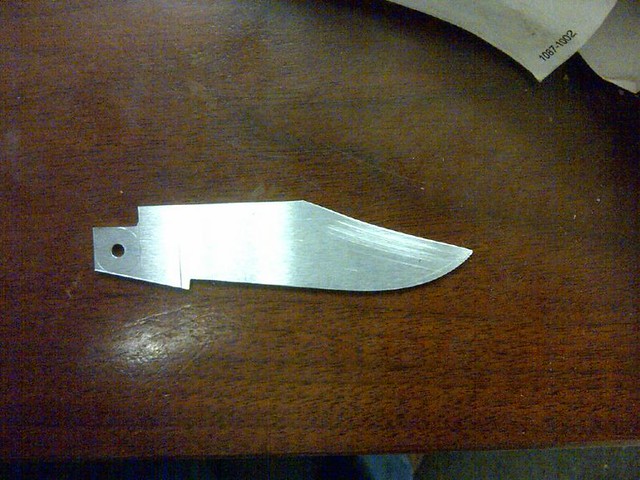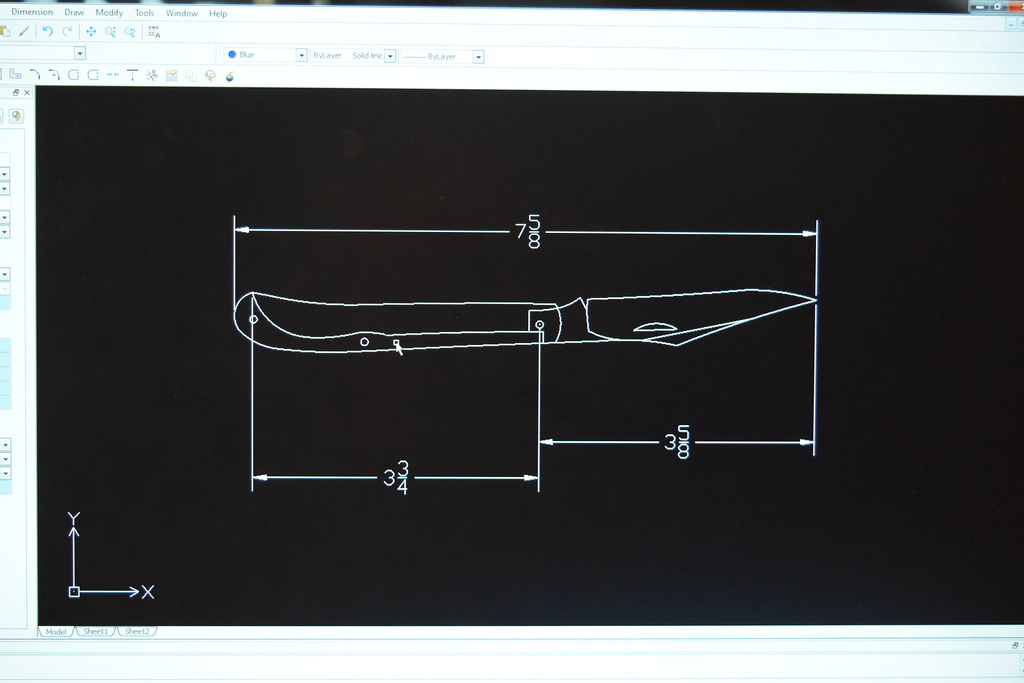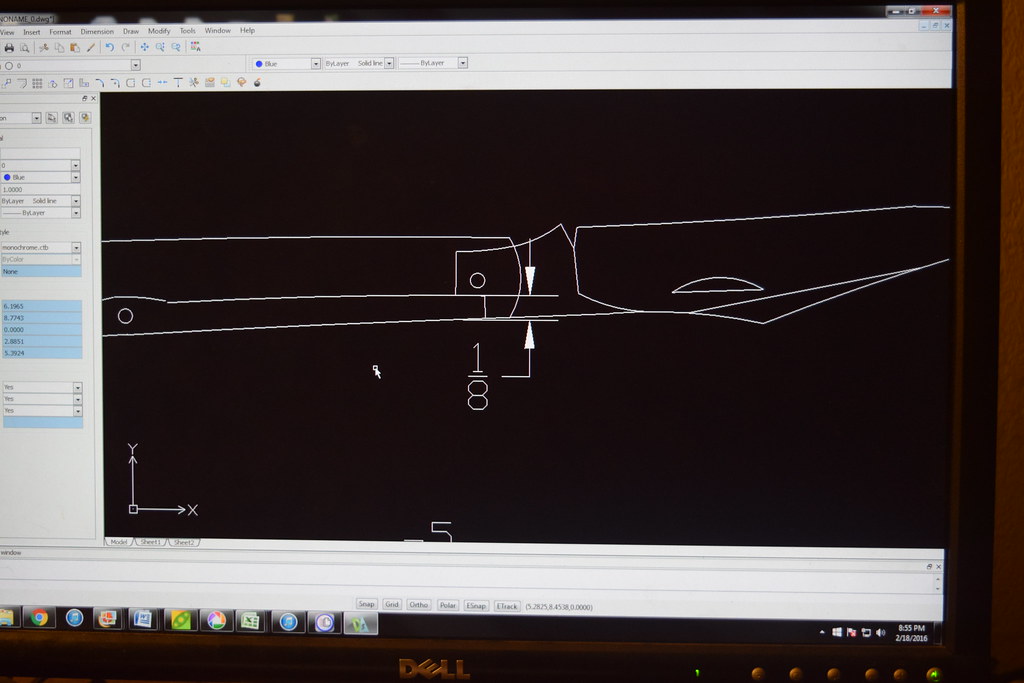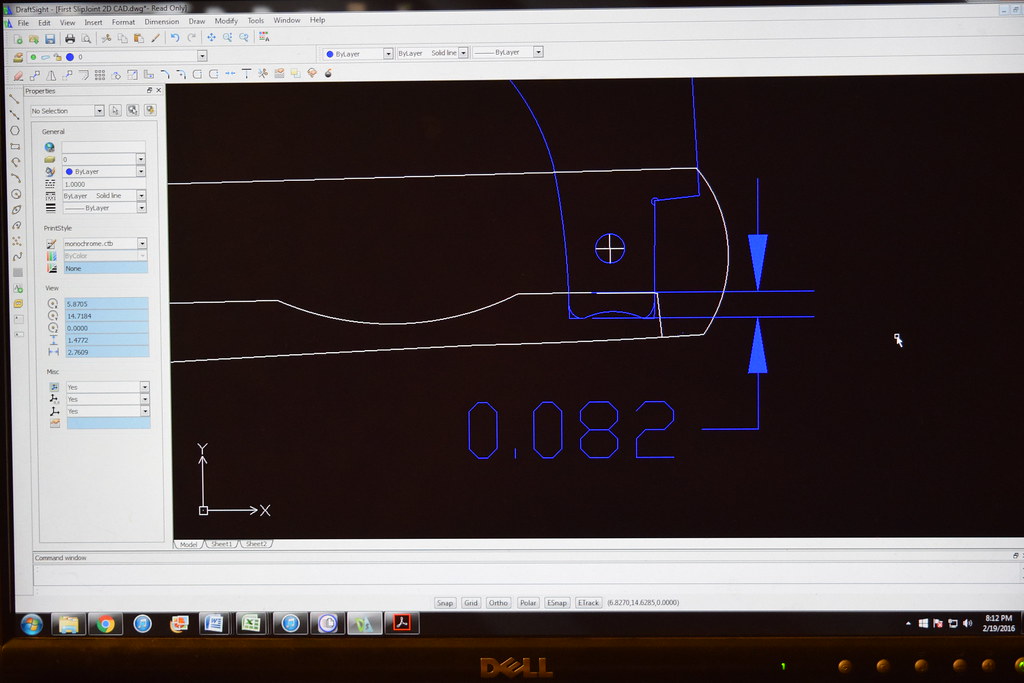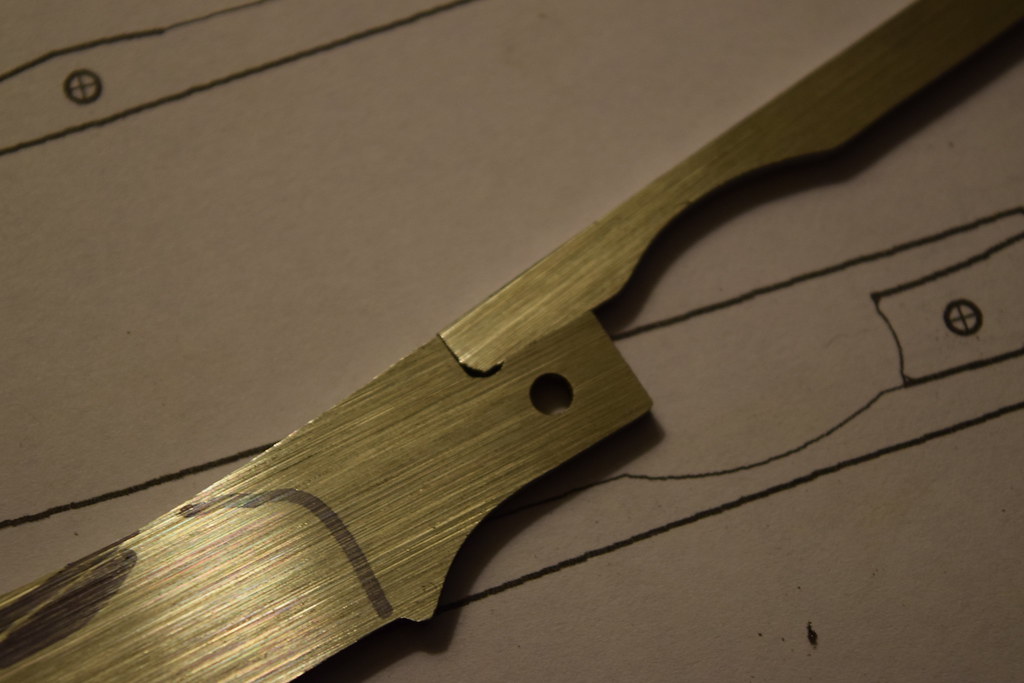Daniel Rohde
Well-Known Member
Hey Guys!
I'm going to start a slip joint. I have been wanting to do it and it's time. I have this pocket knife that I want to use as my model(shown below). What I'm most worried about is the design
I'm not sure how much things should bend and the locking size, I assume after you start making them you get designs that work and you make them allot but this is my first so I'm
learning as I go. Here's the knife:
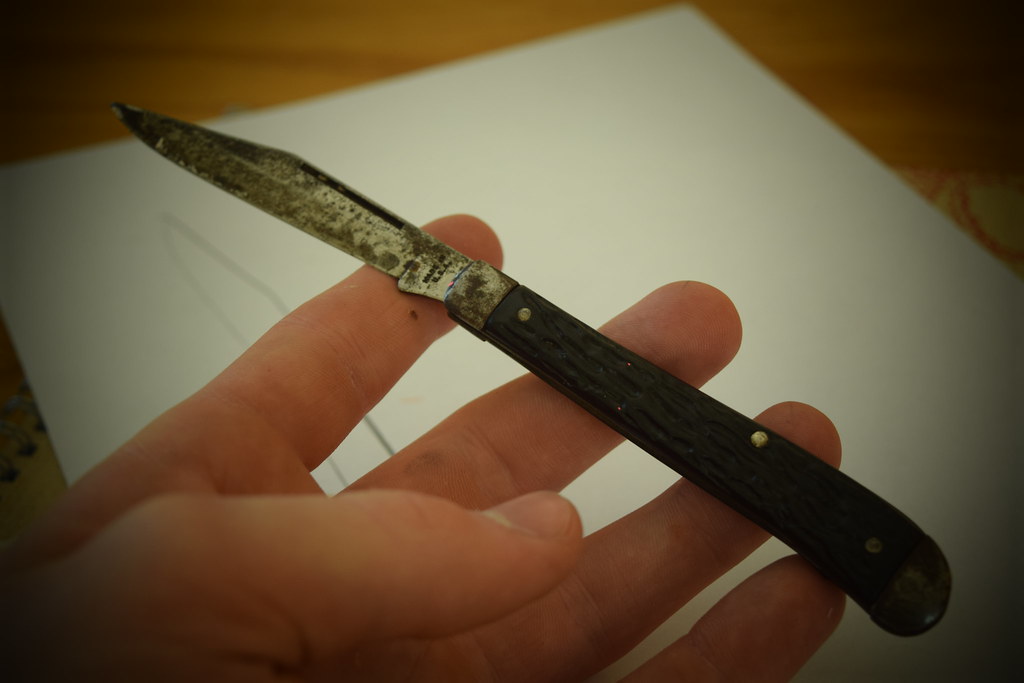

all I have done so far is trace it best I could; then draw in everything about how I think it should be. I will have some questions and could really use some help. I'm going to
make a CAD model and then start cutting.
I haven't thought too much about the questions yet so will post a couple questions tomorrow to get this thing going. I just wanted to get it up here and prepare you guys for the influx of questions!
Thanks guys! I hope you'll stick and round to watch and teach.
-Daniel Rohde
I'm going to start a slip joint. I have been wanting to do it and it's time. I have this pocket knife that I want to use as my model(shown below). What I'm most worried about is the design
I'm not sure how much things should bend and the locking size, I assume after you start making them you get designs that work and you make them allot but this is my first so I'm
learning as I go. Here's the knife:


all I have done so far is trace it best I could; then draw in everything about how I think it should be. I will have some questions and could really use some help. I'm going to
make a CAD model and then start cutting.
I haven't thought too much about the questions yet so will post a couple questions tomorrow to get this thing going. I just wanted to get it up here and prepare you guys for the influx of questions!
Thanks guys! I hope you'll stick and round to watch and teach.
-Daniel Rohde


